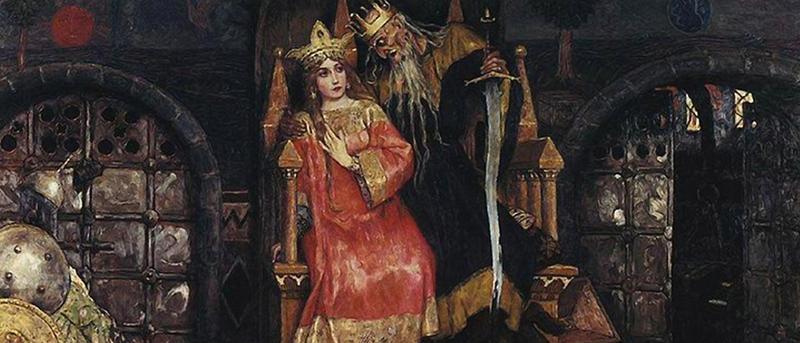10 Slavic Spirits And Monsters You've Probably Never Heard Of
10 Slavic Spirits And Monsters You've Probably Never Heard Of
Existing alongside Egyptian and Greek paganism, pre-Christian Slavic deities remain among the most mysterious ancient beliefs in history. Passed down for generations before the first written documentation, these creatures of folklore evolved completely apart from Western influence.
Ovinnik
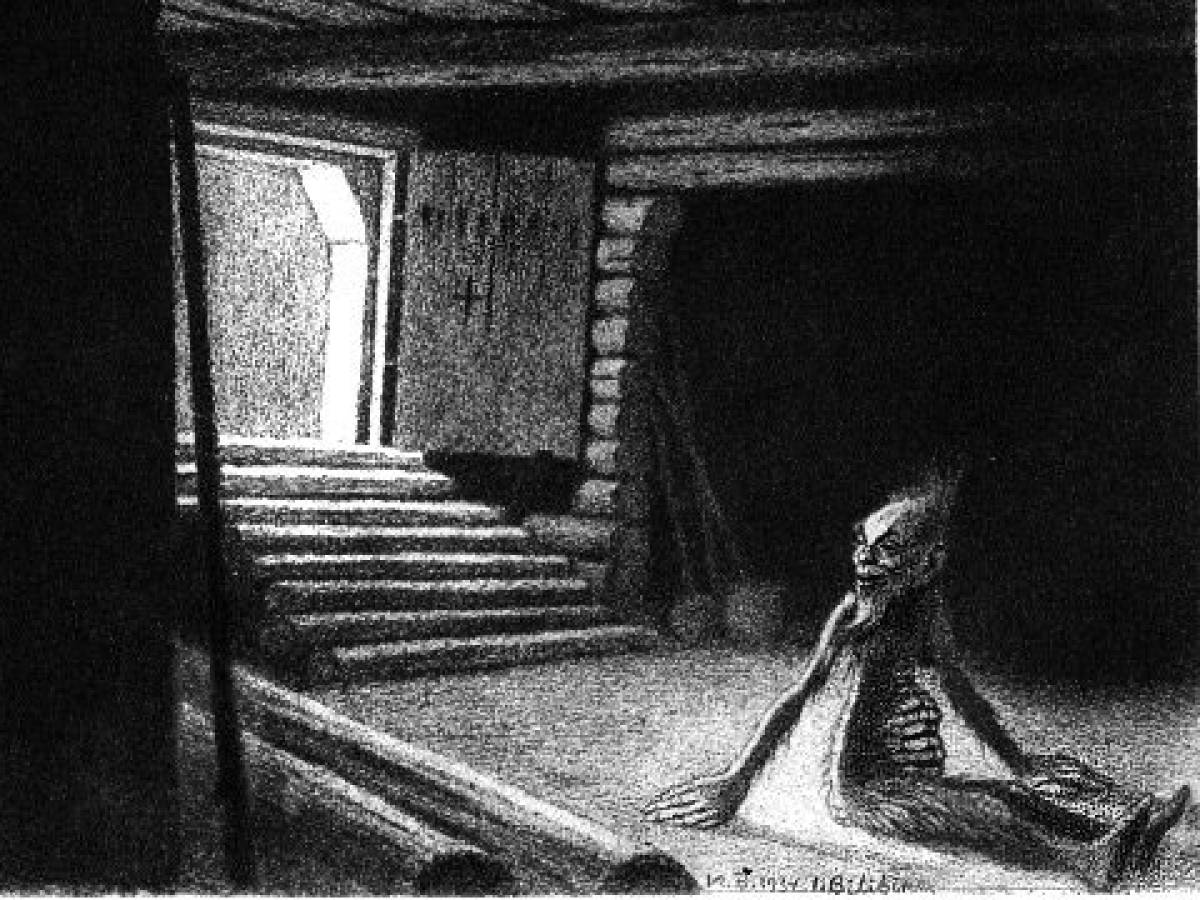
The Ovinnik is an example of early pre-agrarian beliefs. Ovinniks are malevolent sprites that live in drying-houses in fields.
The Ovennik loves to set fire to grain, birch, and bunches of thistle, unless he is offered blini (Russian crepes). In 19th century Russia, chickens were slaughtered as a sacrifice to the vegetal spirit. On New Year’s Eve, a warm touch by this creature signals good fortune, while a cold touch brings unhappiness.
Leshy
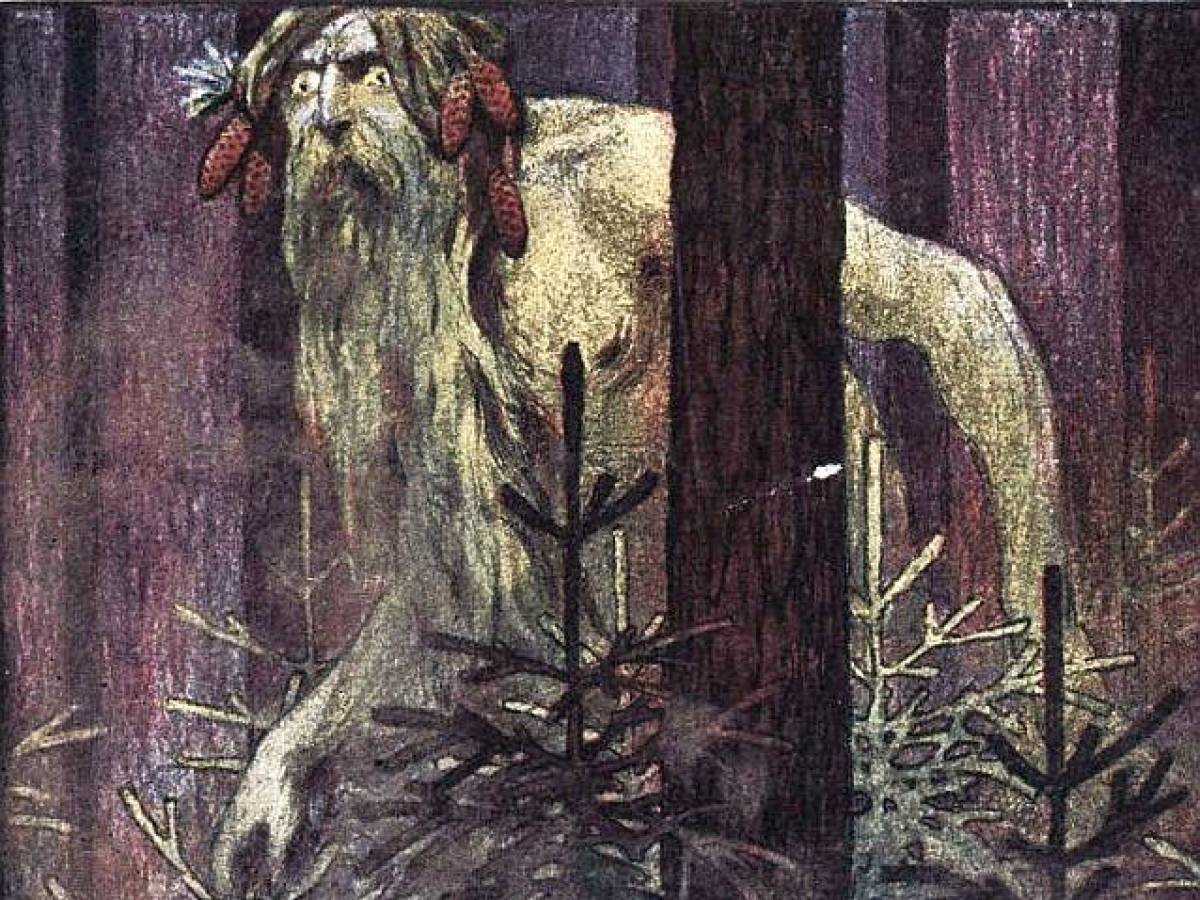
The Leshy is the spirit of the forest. He is an enormous humanoid fairy who can abduct and eat humans, and confuses travelers and hunters.
The Leshy does not cast a shadow. He wears clothing backward, and boots on the wrong feet. He has superhuman strength and speed, and can become any animal or human. The Leshy often lives in caves and feels pain when the forest he lives in is harmed. In the Spring, the Leshy might howl and cause rains.
Domovoi
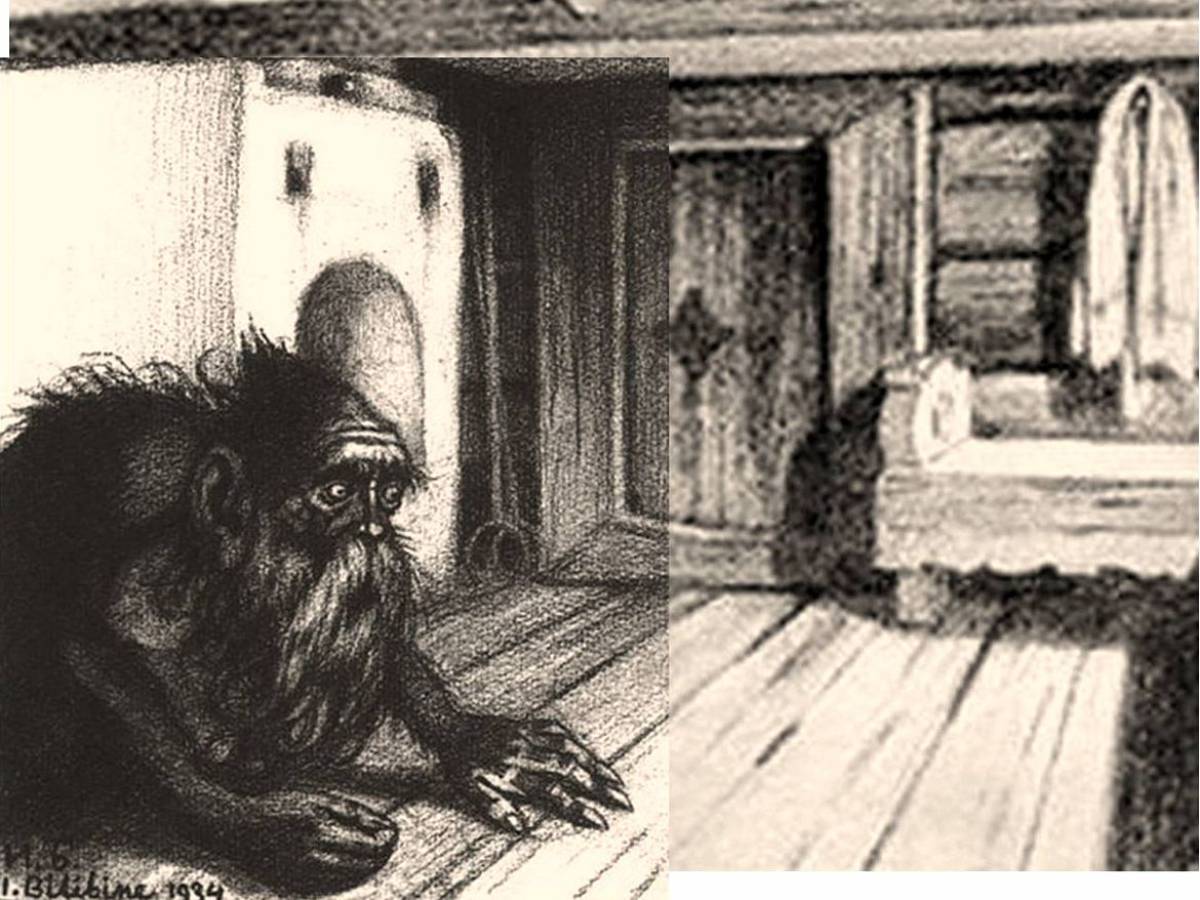
In primitive Slavic belief, a forest spirit who lived within the trees could enter a house when those trees were used for construction.
The Domovoi is a household spirit with the body of a small, bearded gnome or a friendly demon-like creature. He appears when no one is looking, guards the home, and takes care of household chores. He usually lives in sheds, under floorboards, or in the stove.
The master of the house should leave out gifts or snacks for their Domovoi. The Domovoi gets angry if his family is too messy or disrespectful and will make knocking noises in the wood, similar to a poltergeist, or even abandon the house.
Kikimora

The Kikimora was a creature juxtaposed with the Domovoi. The Kikimora also lives behind the stove or in the cellar as a house spirit, but has darker intentions.
The Kikimora looks after the chickens and housework, but also whistles, breaks dishes, and makes noises at night. Kikimoras were a way to explain sleep paralysis and nightmares.
Vodyanoy
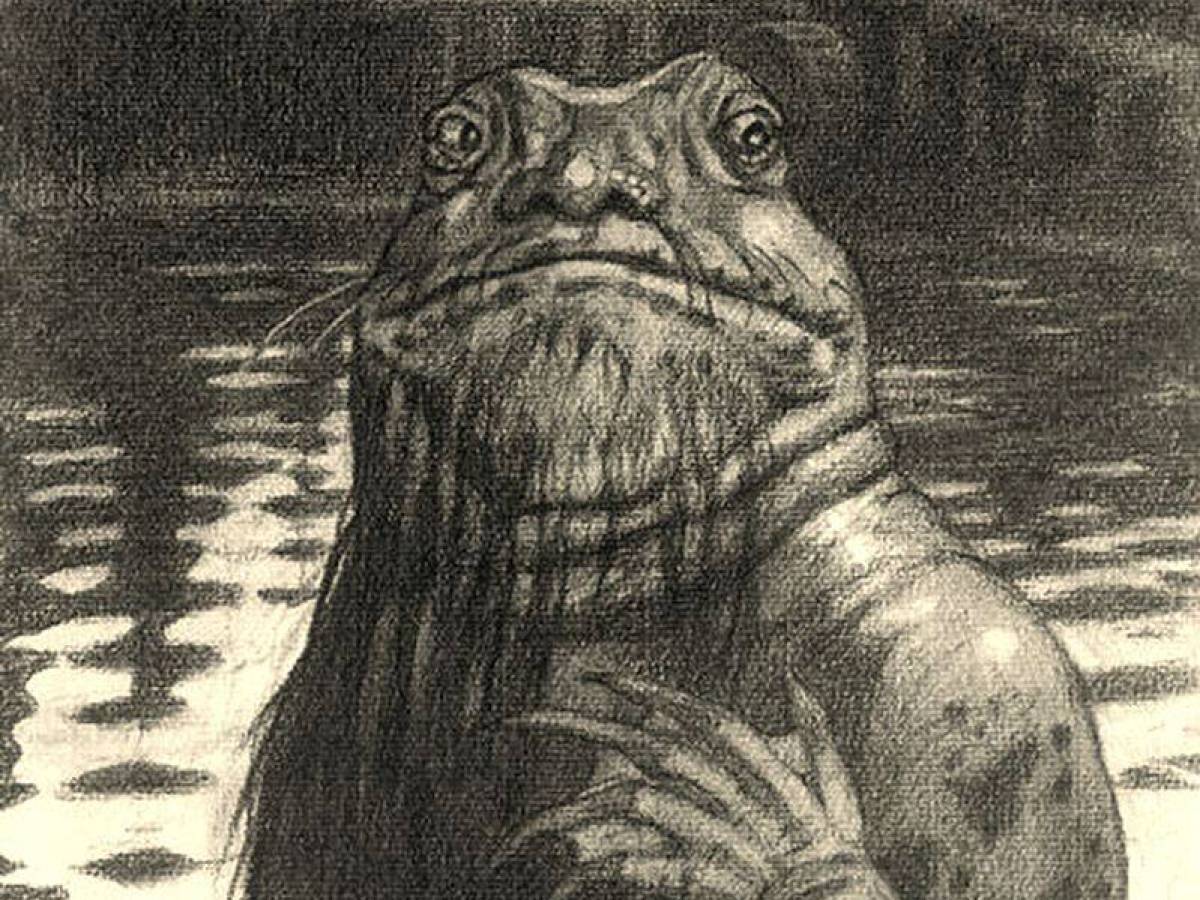
The Vodyanoy is a male water spirit that enjoys splashing in rivers and drifting along on floating logs. A Vodyanoy appreciates being respectfully referred to as “grandfather.” Otherwise, they can cause trouble by destroying dams and water mills.
Like the mermaid, the Vodyanoy has a fish tail. Covered in black fish scales, algae, and mud, these creatures are said to resemble a naked old man with the face of a frog. Their eyes burn like coals, and if you see one, he might drown you or turn you into his slave in the watery depths.
Likho
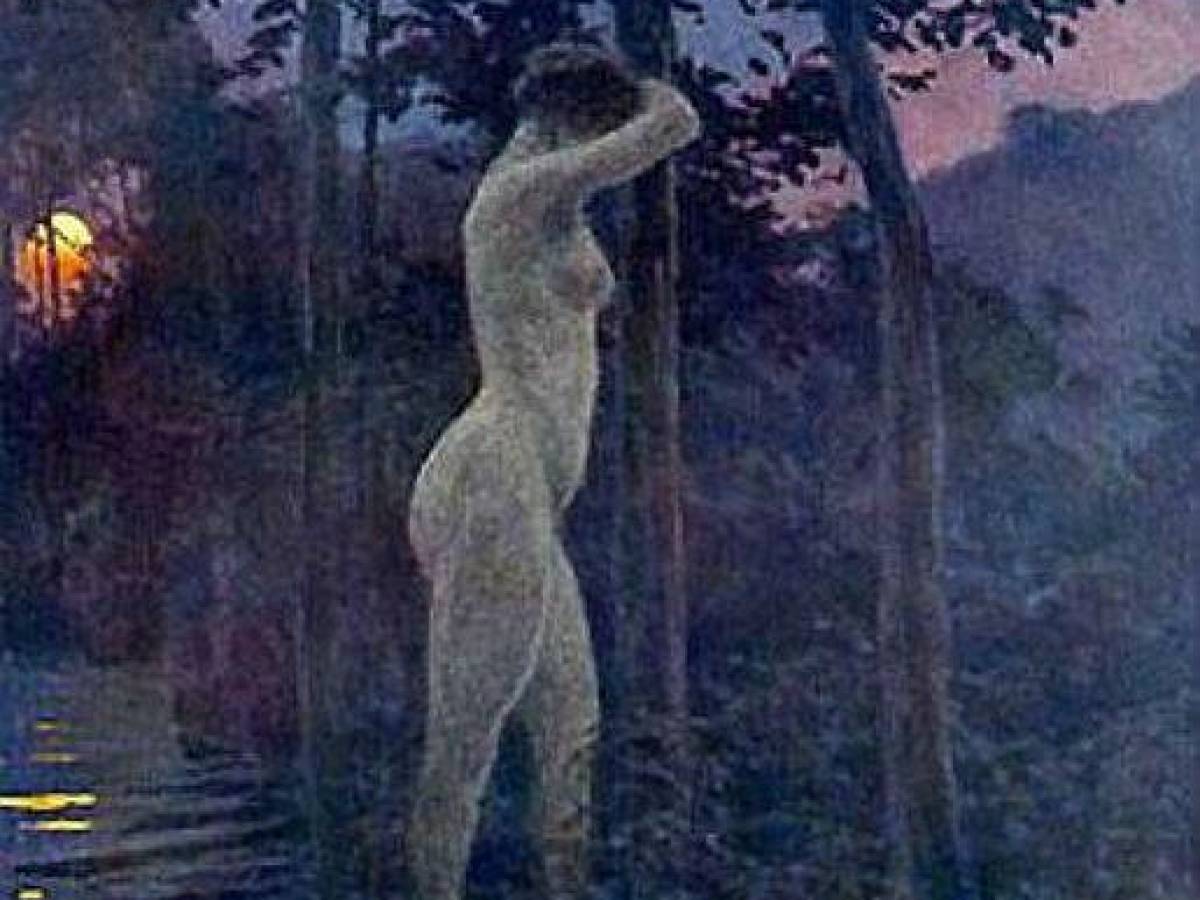
The Likho is the embodiment of evil, despair, and misfortune. This creature is depicted sometimes as a one-eyed goblin or as a pale woman with messy hair, dressed in black. The female form is called a Likhoradka and she is able to possess human bodies, spread deadly plagues, and haunt entire regions.
Rusalka
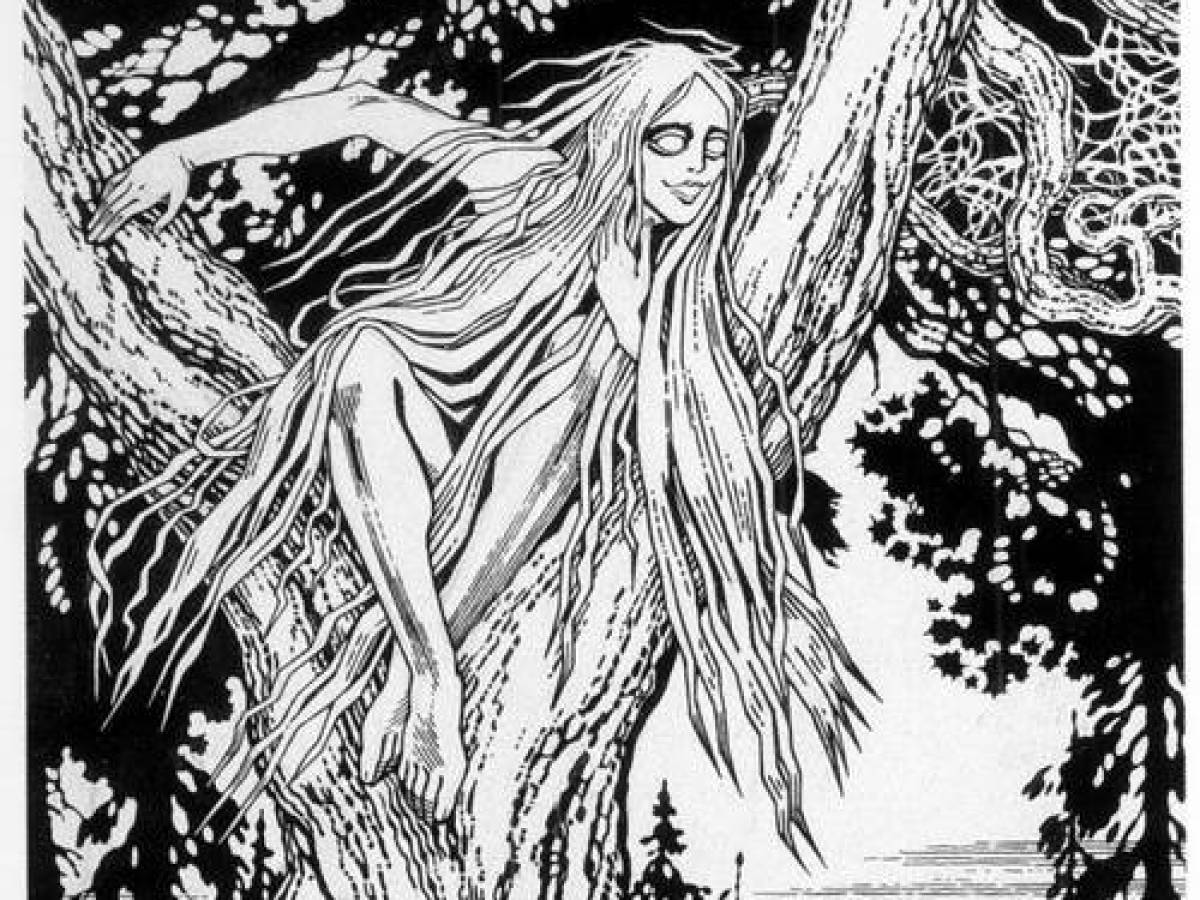
The mermaid of Slavic folklore lives a very different life from other sea-maidens. The Rusalka was once a fairy-like nurturing figure, but she quickly became associated with evil. Some ruslalki are young women that were violently drowned or committed suicide, while others are born in the water.
Rusalki often have red hair and represent universal beauty. They delight in luring men to the water and drowning them. More terrifyingly, they can come onto land in the summer to sit in trees and on docks, and dance in fields. It is said that a Rusalka will die if her hair becomes fully dry.
Koschei the Deathless

Koschei is a skeletal old wizard who has achieved immortality. His hobbies include lording over a huge, ancient castle, and transfiguring himself into a handsome young man to abduct beautiful Slavic women.
The only way to kill Koschei is to find his soul, which he has detached from his body and put into a single needle. This needle is hidden in an egg, which is in a duck, which is in a hare, which is in a chest, which is buried under a green oak on the legendary island of Buyan.
baba Yaga
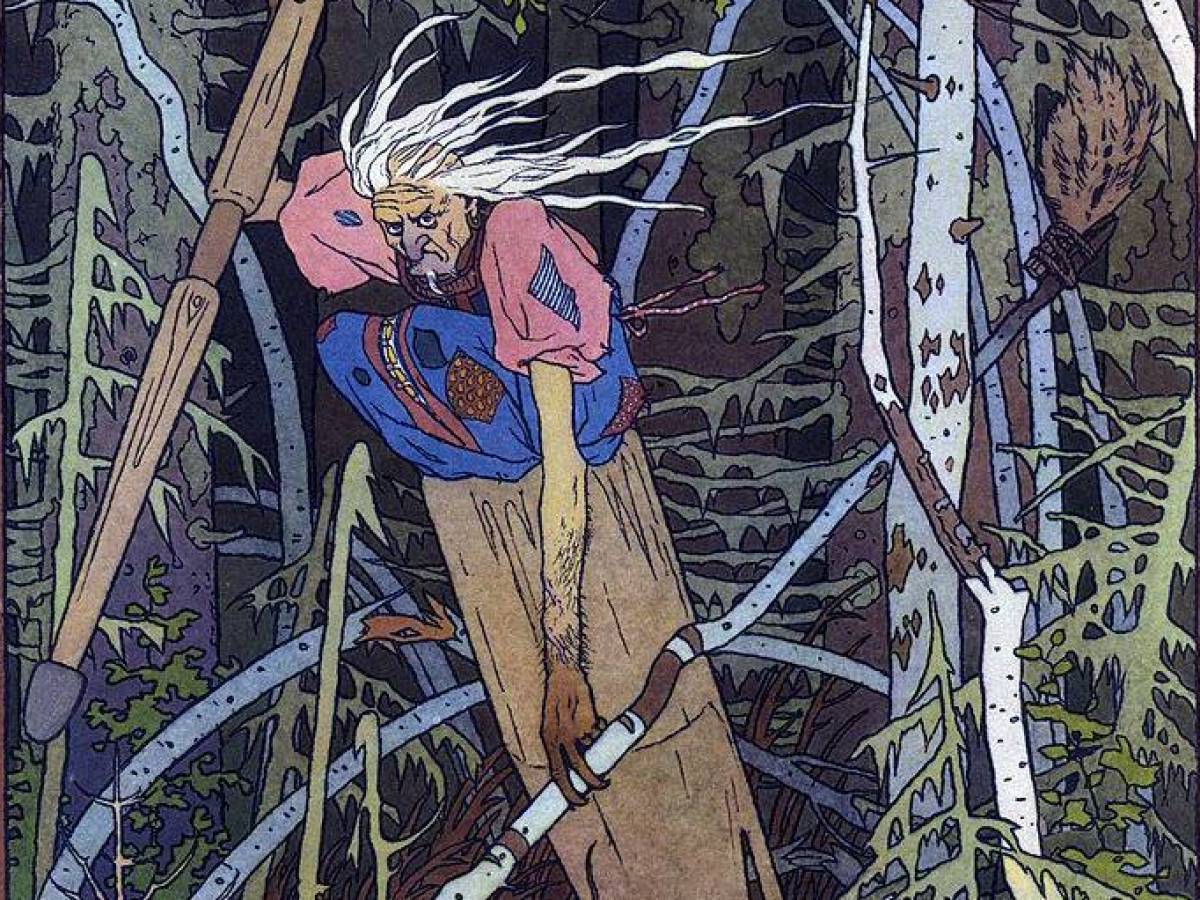
“Baba” is a disrespectful term for an old woman, and Baba Yaga is one of the most famous witches in the world. Able to fly around in a mortar with a pestle in hand, she looks for children to eat. She is a deformed, thin witch who lives in a cursed house which stands on chicken legs. Her house is always in the forest, and moves whenever she commands it.
Baba Yaga can be persuaded to be helpful and has gifted magical items to heroes who have come across her. She is also called “bony legs” and has sisters that share her name.
Zmey
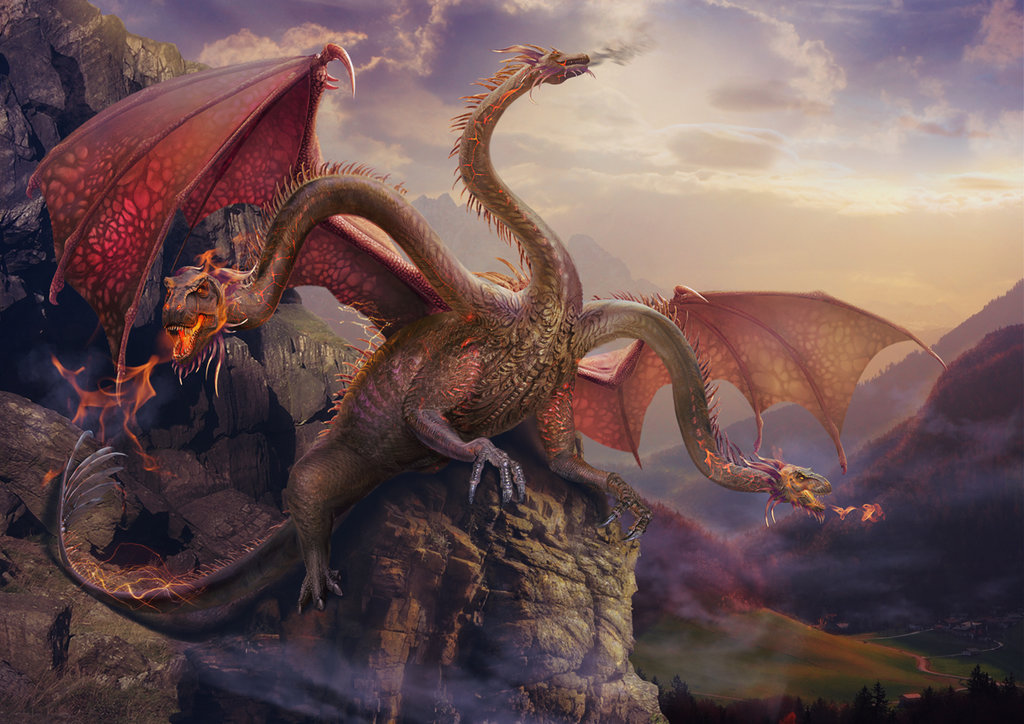
In certain Slavic countries, dragons were viewed as good instead of evil. They were called “zmey,” the male word for serpent. In Bulgarian legends, male dragons were thought to protect crops, but female dragons were destructive. In other parts of the Slavic world, dragons were purely evil.
Zmey Gorynych was a bright green three-headed fire-breathing dragon who could speak, fly, and kidnap humans. The dragon was only killed after three days of constant fighting by the hero Dobrynya Nikitich. Most Russian dragons had many heads that would grow back if they were not all cut off, or if the neck was not quickly covered with ash.
Gamayun
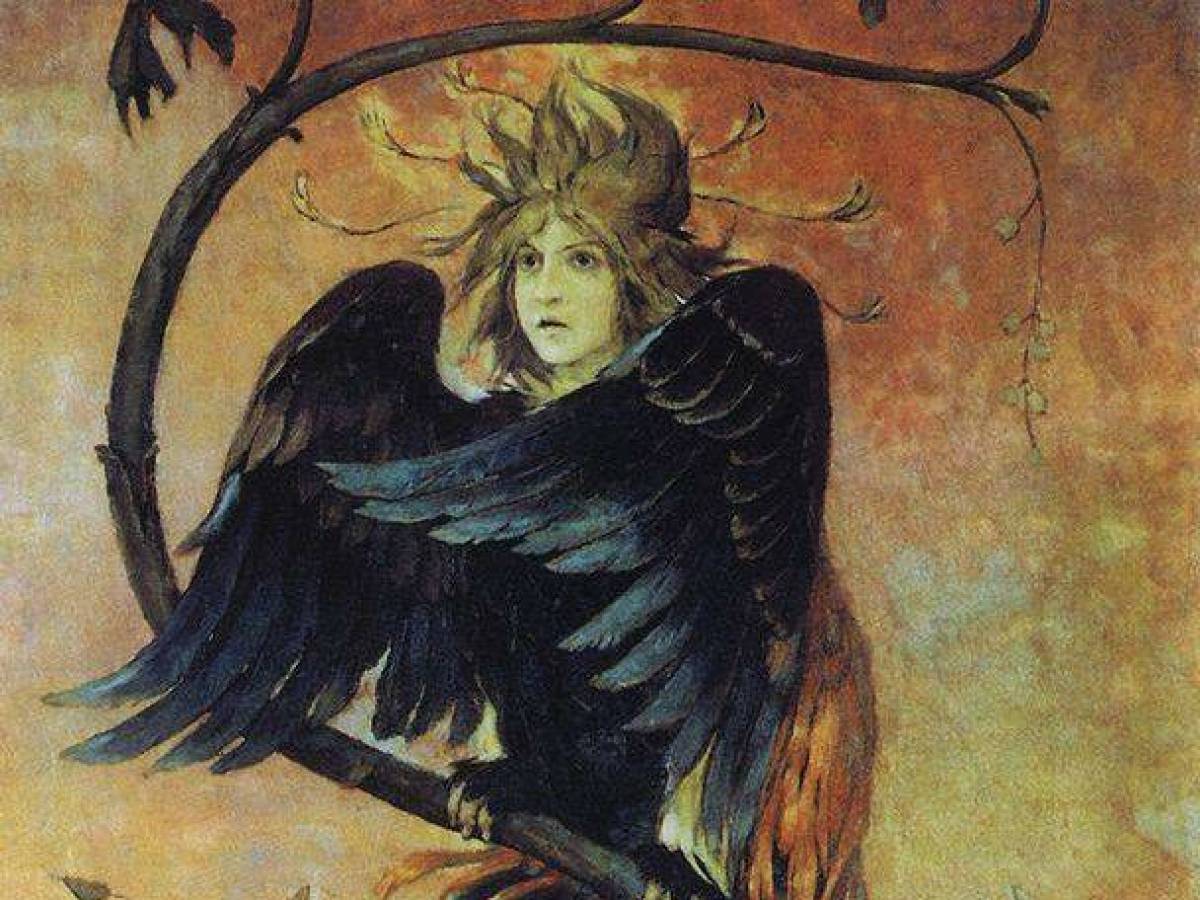
The Gamayun is a half-bird half-human creature in Russian folklore symbolizing wisdom, prosperity, and harmony. She lives on an island in the east, close to Eden. The Gamayun knows everything happening in the world and can even predict the future. Related to the Siren, the Gamayun is able to charm humans with her voice.
MARINA BROWN/ALL DAY
Be the first to post a message!
